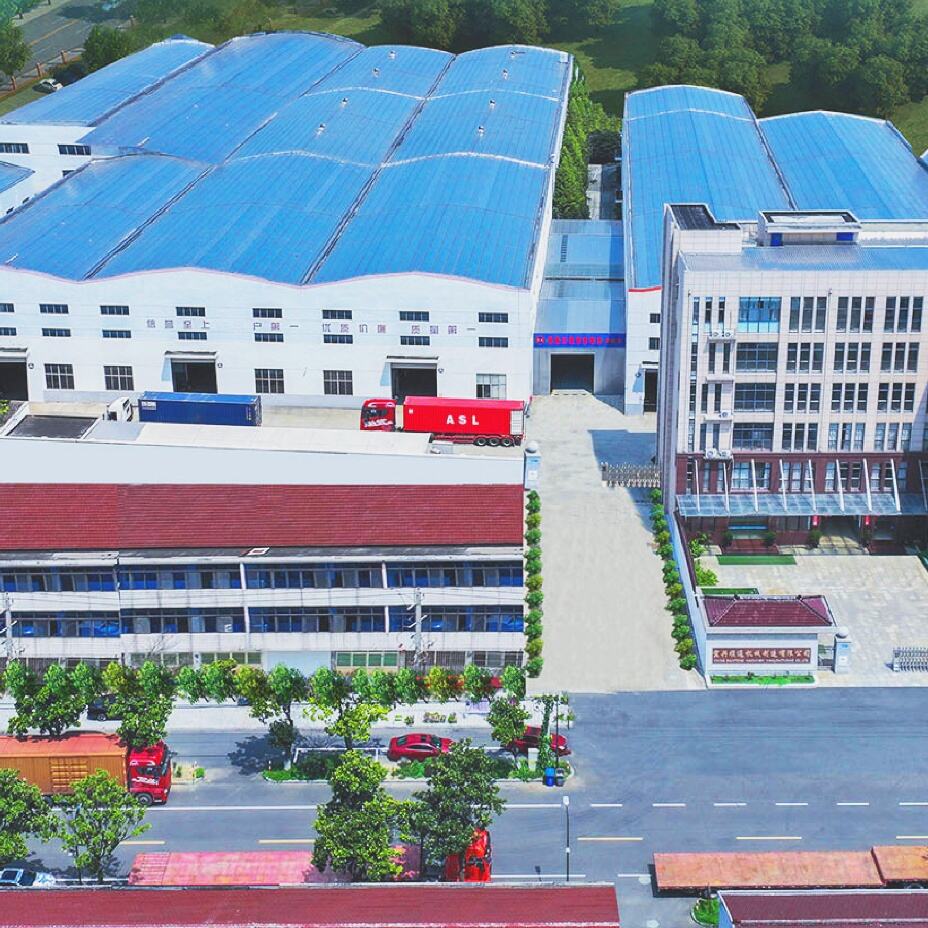Application Areas Aligned with Different Wire Drawing Machine Cost Tiers
Low-cost wire drawing machines (typically ranging from a few thousand to tens of thousands of dollars) are tailored for small-scale, basic wire processing scenarios where cost efficiency takes priority over high precision. Small hardware workshops—focused on producing everyday items like nails, iron wire mesh, and simple metal fasteners—rely on these machines to keep initial investment and operational costs low, as their products don’t require ultra-fine tolerances. Local construction material suppliers also use low-cost models to process basic low-carbon steel wires for on-site needs, such as temporary fencing or auxiliary concrete reinforcement, avoiding the expense of outsourcing. Additionally, small electrical wire manufacturers in underdeveloped regions opt for low-cost machines to produce low-voltage household cables, as they meet basic production standards while enabling affordable local production.
Mid-cost wire drawing machines (usually tens of thousands to hundreds of thousands of dollars) cater to medium-sized enterprises with scaled, quality-focused production—striking a balance between performance and cost. Medium automotive parts factories use these machines to manufacture wiring harnesses and brake cables; mid-tier models offer better speed stability and diameter consistency than low-cost options, supporting batch production without the premium price of high-end equipment. Regional renewable energy component suppliers (e.g., those making solar panel frames) also choose mid-cost machines to process high-tensile aluminum wires, as they include essential upgrades like variable-frequency drives to reduce energy use, cutting long-term operational expenses. Furthermore, electronics accessory manufacturers producing USB cables or basic printed circuit board (PCB) wires rely on mid-cost models to meet moderate precision needs while expanding production capacity.
High-cost wire drawing machines (hundreds of thousands to millions of dollars) serve high-tech, high-compliance industries where performance, safety, and strict standards justify the investment. Electric vehicle (EV) battery manufacturers depend on these premium machines to draw ultra-fine, high-purity copper wires for battery tabs—they integrate advanced technologies like real-time diameter monitoring, impurity detection, and automated die changing, ensuring the consistency critical for EV battery safety and performance. Aerospace component producers use high-cost machines to process specialized alloy wires (e.g., titanium or nickel-based alloys) for aircraft wiring, as the equipment’s high-temperature resistance and material compatibility meet rigorous aerospace certifications. Medical device companies also invest in high-cost models to manufacture biocompatible stainless steel wires for surgical sutures or orthopedic implants, as the machines adhere to medical-grade hygiene standards (e.g., smooth wire surfaces to prevent tissue irritation) and regulatory requirements.

